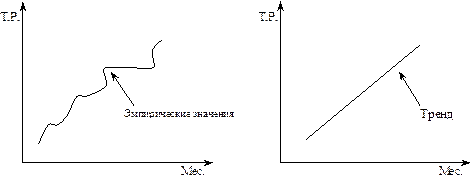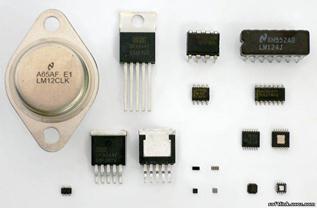Virtual methods
When an instance method declaration includes a virtual modifier, that method is said to be a virtual method. When no virtual modifier is present, the method is said to be a non-virtual method. The implementation of a non-virtual method is invariant: The implementation is the same whether the method is invoked on an instance of the class in which it is declared or an instance of a derived class. In contrast, the implementation of a virtual method can be superseded by derived classes. The process of superseding the implementation of an inherited virtual method is known as overriding that method (§10.6.4). In a virtual method invocation, the run-time type of the instance for which that invocation takes place determines the actual method implementation to invoke. In a non-virtual method invocation, the compile-time type of the instance is the determining factor. In precise terms, when a method named N is invoked with an argument list A on an instance with a compile-time type C and a run-time type R (where R is either C or a class derived from C), the invocation is processed as follows: · First, overload resolution is applied to C, N, and A, to select a specific method M from the set of methods declared in and inherited by C. This is described in §7.6.5.1. · Then, if M is a non-virtual method, M is invoked. · Otherwise, M is a virtual method, and the most derived implementation of M with respect to R is invoked. For every virtual method declared in or inherited by a class, there exists a most derived implementation of the method with respect to that class. The most derived implementation of a virtual method M with respect to a class R is determined as follows: · If R contains the introducing virtual declaration of M, then this is the most derived implementation of M. · Otherwise, if R contains an override of M, then this is the most derived implementation of M. · Otherwise, the most derived implementation of M with respect to R is the same as the most derived implementation of M with respect to the direct base class of R. The following example illustrates the differences between virtual and non-virtual methods: using System; class A public virtual void G() { Console.WriteLine("A.G"); } class B: A public override void G() { Console.WriteLine("B.G"); } class Test In the example, A introduces a non-virtual method F and a virtual method G. The class B introduces a new non-virtual method F, thus hiding the inherited F, and also overrides the inherited method G. The example produces the output: A.F Notice that the statement a.G() invokes B.G, not A.G. This is because the run-time type of the instance (which is B), not the compile-time type of the instance (which is A), determines the actual method implementation to invoke. Because methods are allowed to hide inherited methods, it is possible for a class to contain several virtual methods with the same signature. This does not present an ambiguity problem, since all but the most derived method are hidden. In the example using System; class A class B: A class C: B class D: C class Test the C and D classes contain two virtual methods with the same signature: The one introduced by A and the one introduced by C. The method introduced by C hides the method inherited from A. Thus, the override declaration in D overrides the method introduced by C, and it is not possible for D to override the method introduced by A. The example produces the output: B.F Note that it is possible to invoke the hidden virtual method by accessing an instance of D through a less derived type in which the method is not hidden.
|




